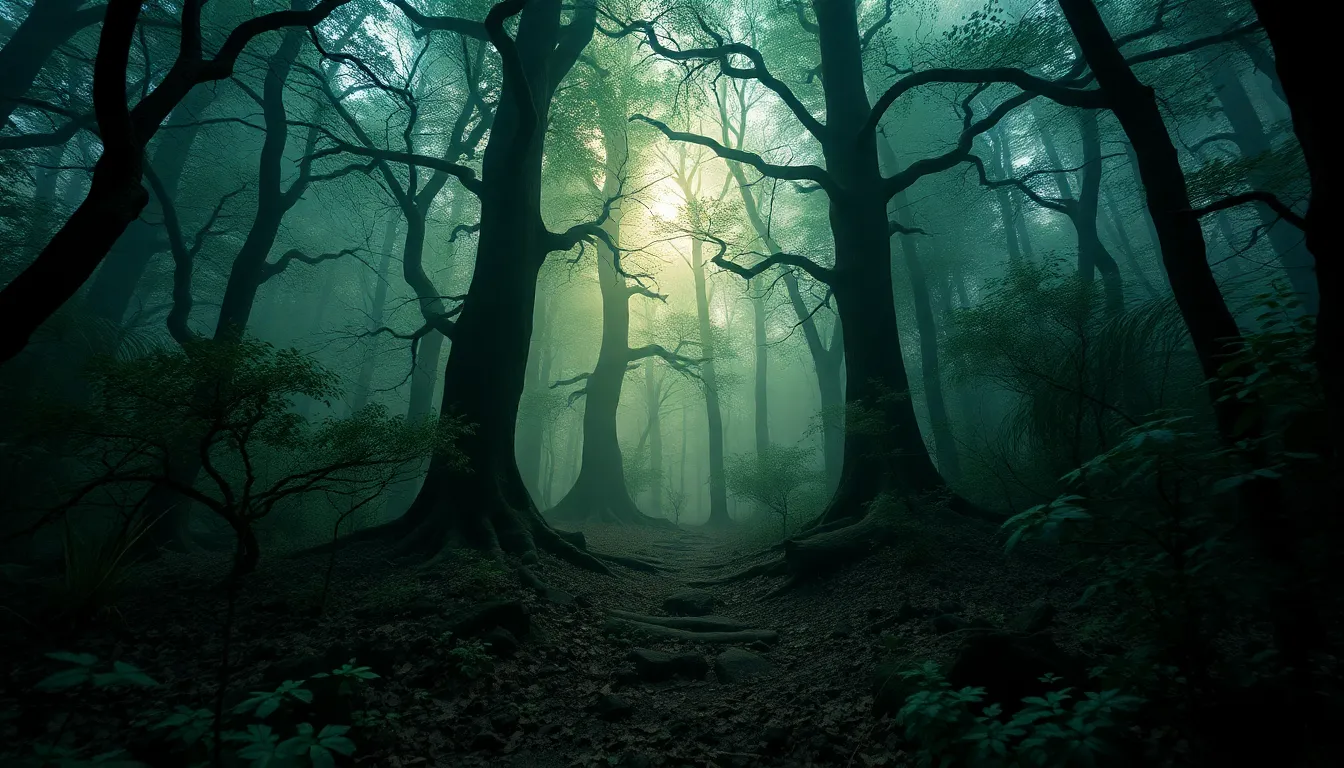The Concept of Transformation and Growth in Norse Mythology
In Norse mythology, the themes of transformation and growth are deeply intertwined with the tales of gods, goddesses, and mythical beings. These stories hold profound lessons on change, evolution, and overcoming obstacles. Let’s delve into the enchanting world of Norse mythology and explore how transformation and growth play pivotal roles in shaping its narratives.
1. Transformation in Norse Mythology
Transformation is a recurrent motif in Norse mythology. One of the most prominent examples is the story of Loki, the mischievous shape-shifter of the pantheon. Loki can morph into different forms, embodying the fluidity of nature and the ever-changing aspects of life. This ability to transform symbolizes adaptability, cunning, and the unexpected twists that fate can bring.
Moreover, the tale of Odin, the All-Father, taking on different guises to gain knowledge and wisdom demonstrates the transformative power of experience and learning. In Norse myths, transformation is not merely physical but also spiritual and intellectual, leading to personal growth and enlightenment.
2. Growth and Development in Norse Mythology
Growth in Norse mythology is often depicted through trials and tribulations that characters undergo to reach their full potential. For instance, the journey of Thor, the god of thunder, highlights the importance of perseverance, courage, and inner strength in the face of challenges. Thor’s growth from a brash warrior to a wise protector reflects the hero’s journey towards maturity and responsibility.
Freyja, the goddess of love and fertility, embodies the themes of growth and renewal in Norse mythology. Her connection to the cycle of life, death, and rebirth underscores the eternal process of growth and transformation in the natural world. Through Freyja’s archetype, we learn about embracing change, embracing cycles, and finding strength in vulnerability.
3. Symbolism of Transformation and Growth in Norse Mythology
The symbolism of transformation and growth in Norse mythology extends beyond individual characters to the cosmic order and the interconnectedness of all beings. The World Tree, Yggdrasil, represents the cycle of life, death, and regeneration, with its roots delving deep into the past and its branches reaching towards the future.
Furthermore, the concept of Ragnarok, the apocalyptic battle that heralds the end of the world followed by a new beginning, embodies the cyclical nature of existence in Norse mythology. The inevitability of change, destruction, and rebirth underscores the vital themes of transformation and growth in the Norse cosmos.
4. Lessons for Modern Life
Exploring the concept of transformation and growth in Norse mythology offers valuable insights for navigating life’s challenges and embracing change. By embracing the fluidity of transformation and seeing growth as an integral part of the journey, we can cultivate resilience, adaptability, and personal evolution.
Just as the gods and goddesses of Norse mythology undergo trials and transformations to achieve their full potential, we too can harness the power of change to realize our own growth and development. By heeding the lessons of Norse myths, we can embark on our own heroic quest towards transformation and growth.
FAQs about the Concept of Transformation and Growth in Norse Mythology
What is the significance of transformation in Norse mythology?
In Norse mythology, transformation symbolizes change, renewal, and evolution. Gods, creatures, and even objects undergo transformations that reflect personal growth and the cyclical nature of life.
How do Norse myths illustrate the theme of growth?
Norse myths often depict characters facing challenges and undergoing personal growth through trials and experiences. These stories emphasize the importance of learning, adaptability, and evolving to overcome obstacles.
Can you provide examples of transformation and growth in Norse mythology?
Certainly! Examples include the transformation of Loki into various animals, Odin sacrificing his eye for wisdom, and the rebirth of the world after Ragnarok. These narratives highlight the transformative journeys of characters and the cycles of life and death.
Why is the concept of transformation and growth significant in Norse mythology?
Transformation and growth in Norse mythology represent the inherent ability to change, learn, and adapt in the face of adversity. These themes inspire reflection on personal development, resilience, and the continuous cycle of transformation in life and nature.



